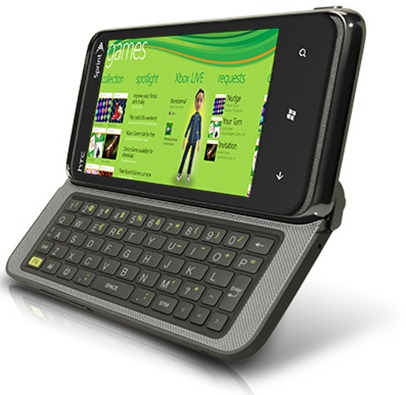
Wouldn’t it be great if the glory days lasted forever? But reality is trophies get dusty, records are broken, and what it took to be the best ten years ago, just isn’t enough for today’s standards. Things get better, faster. And eventually, it’s time to move from good enough to something much better.
Windows XP had an amazing run and millions of PC users are grateful for it. But it’s time to move on. Two reasons: 1) Extended support for Windows XP is running out in less than 1000 days, and 2) there’s an OS out there that’s much better than Windows XP.
On April 8, 2014, security patches and hotfixes for all versions of Windows XP will no longer be available. So bottom line, PC’s running Windows XP will be vulnerable to security threats. Furthermore, many third party software providers are not planning to extend support for their applications running on Windows XP, which translates to even more complexity, security risks, and ultimately, added management costs for your IT department if you’re still managing Windows XP environments. To learn more about Microsoft’s Support Lifecycle policy, please visit Microsoft Support.
The good news is there is a great alternative to Windows XP — Windows 7. And moving on is easier than ever with powerful tools and guidance to help you every step of the way. In fact, some of the world’s most prominent companies have already moved to Windows 7. Organizations like Boeing, InfoSys, Dell, Purdue University, Samsung, Royal Mail Group, and BMW are now benefiting from the cost-savings, security, and productivity gains Windows 7 delivers.
Act quickly because time is limited, and organizations that have not started deployment or in the early phases of the project need to accelerate. According to a recent Garter report “more than 50% of organizations that do not start deploying Windows 7 by early 2012 will not complete their deployments before Windows XP support ends, and will incur increased support costs.” (see Creating a Timeline for Deploying Windows 7 and Eliminating Windows XP)
So are you ready to retire Windows XP? Here are 7 things to help you make the move to Windows 7:
1. Watch the Is Windows XP Good Enough? Really? roundtable and hear a panel of experts dive into IT Pro questions and common issues around moving off of Windows XP.
2. Fire up the Windows 7 ROI calculator and see how much you could save by moving to Windows 7. From reducing help desk cost to cutting down energy consumption to automating common IT tasks, the savings to your business could add up!
3. Check out the suite of Windows 7 migration tools available on the Springboard Series that streamline planning, application compatibility, testing and deployment of Windows 7 including the Microsoft Assessment and Planning (MAP) Toolkit, Microsoft Application Compatibility Toolkit (ACT), and Microsoft Deployment Toolkit (MDT). See all of these tools in action with this demonstration from the recent Springboard Tour.
4. Build your Windows 7 muscles with our Windows 7 Deployment Learning Portal.
5. Become a Springboard Series Insider to get monthly tips and tricks on Windows, Office and Internet Explorer.
6. Follow us on Twitter @MSSpringboard for the hottest news on IT Pro deployment information.
7. Try Windows 7 today. Download the Windows 7 Enterprise 90-day Trial and get started testing your apps and hardware.
Thank you : http://networkedblogs.com/kkBeZ





